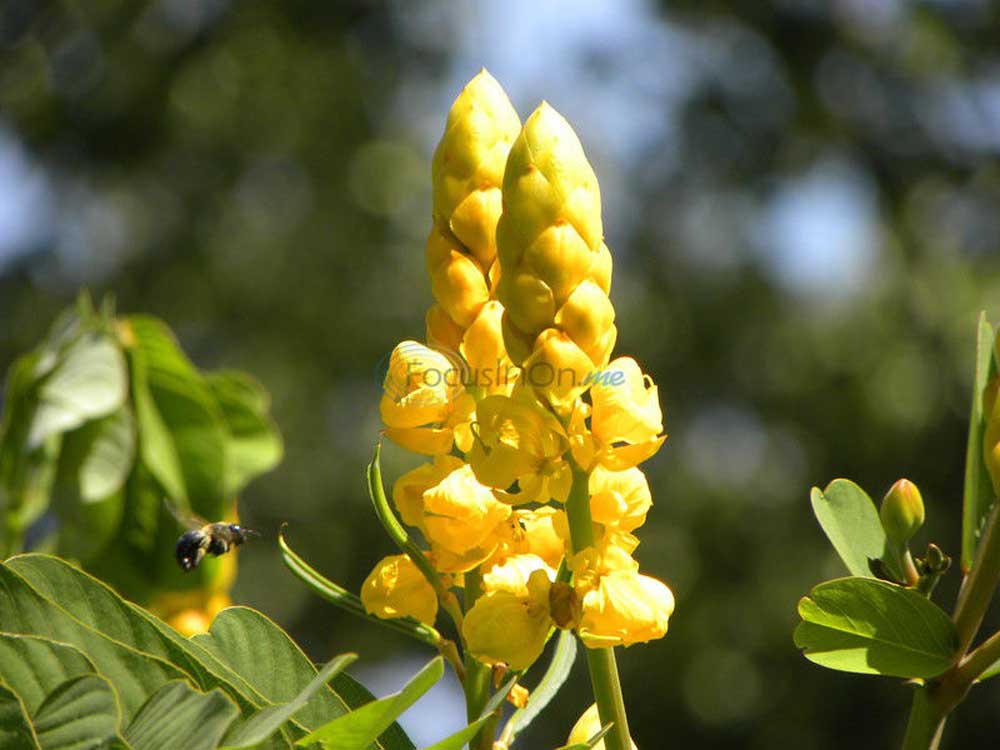Candlestick tree is great Southern pass-along plant
Published 4:37 am Thursday, September 17, 2015
Senna alata, better known as candlestick tree, is blooming beautifully in both the IDEA and Heritage Rose Gardens.
We always plant one or two for all the color they provide in our fall gardens. These plants are so much fun to watch grow and grow and grow! We try to get a potted seedling in May to set out so it will get a good start on the seedlings that are sure to come up. By doing that, we are assured of ripe seeds before freeze.
Candlestick trees are wonderful, old-time, pass-along plants grown for generations here in Texas and the South. People pass seeds to friends or anyone who asks, and on and on the plants go to new territory. They bloom from late summer until freeze, enchanting everyone who sees them with their huge brilliant yellow blooms.
If you decide you want a candlestick next year, you must realize these plants are very huge, about 10 feet tall and 8 feet or more wide, so find a huge space in the full sun for them to grow. Give candlesticks good, rich moist soil, stand back and watch them grow.
Once the weather gets warm at night, about mid-May, plant seeds. They will sprout in about a week. However, it is best to plant them a couple of months earlier in a gallon pot in a heated sunny area where they can grow some before planting into your garden. The reason is candlestick trees have to grow and mature before they begin to bloom.
The blooms open slowly and last a long time, so the seeds form slowly and take forever (it seems) to ripen. You will not see fully ripened seeds until late fall. Sometimes the first frost will destroy them before they can ripen enough to be saved. Seed pods must be dark brown or at least mostly dark brown in order to be ripe and viable.
Candlestick trees are so much fun to plant with children. They come up quickly, grow rapidly and get huge. Then the beautiful blooms appear to delight anyone who takes the time to notice.
That’s not all. They beckon all sorts of pollinators, bees, hummingbirds, butterflies, plus all sorts of smaller insects as well. Those spikes of bright yellow blooms will knock your socks off, provide many hours of fun watching them grow and literally come alive with pollinators that provide even more activity in the garden.







